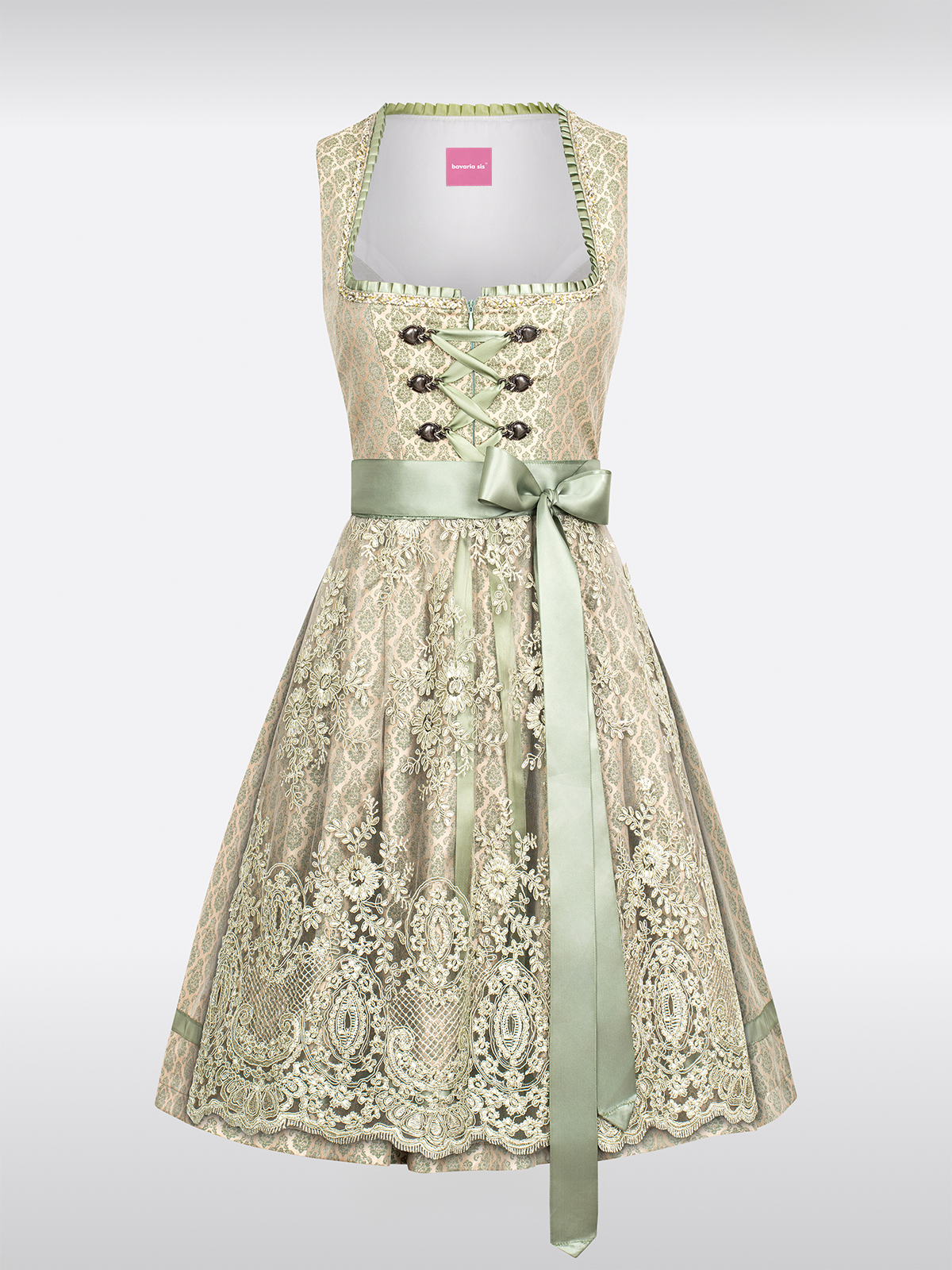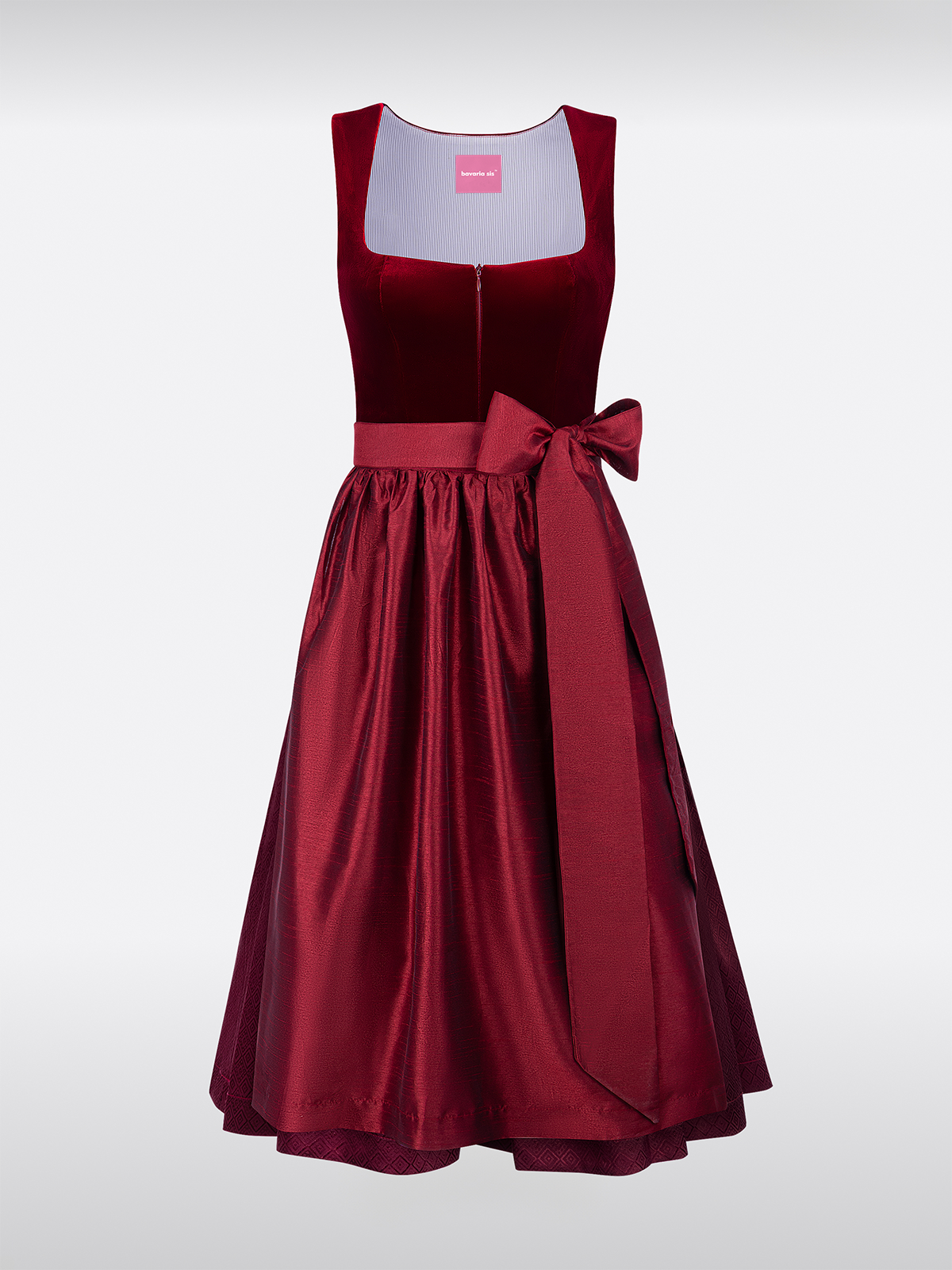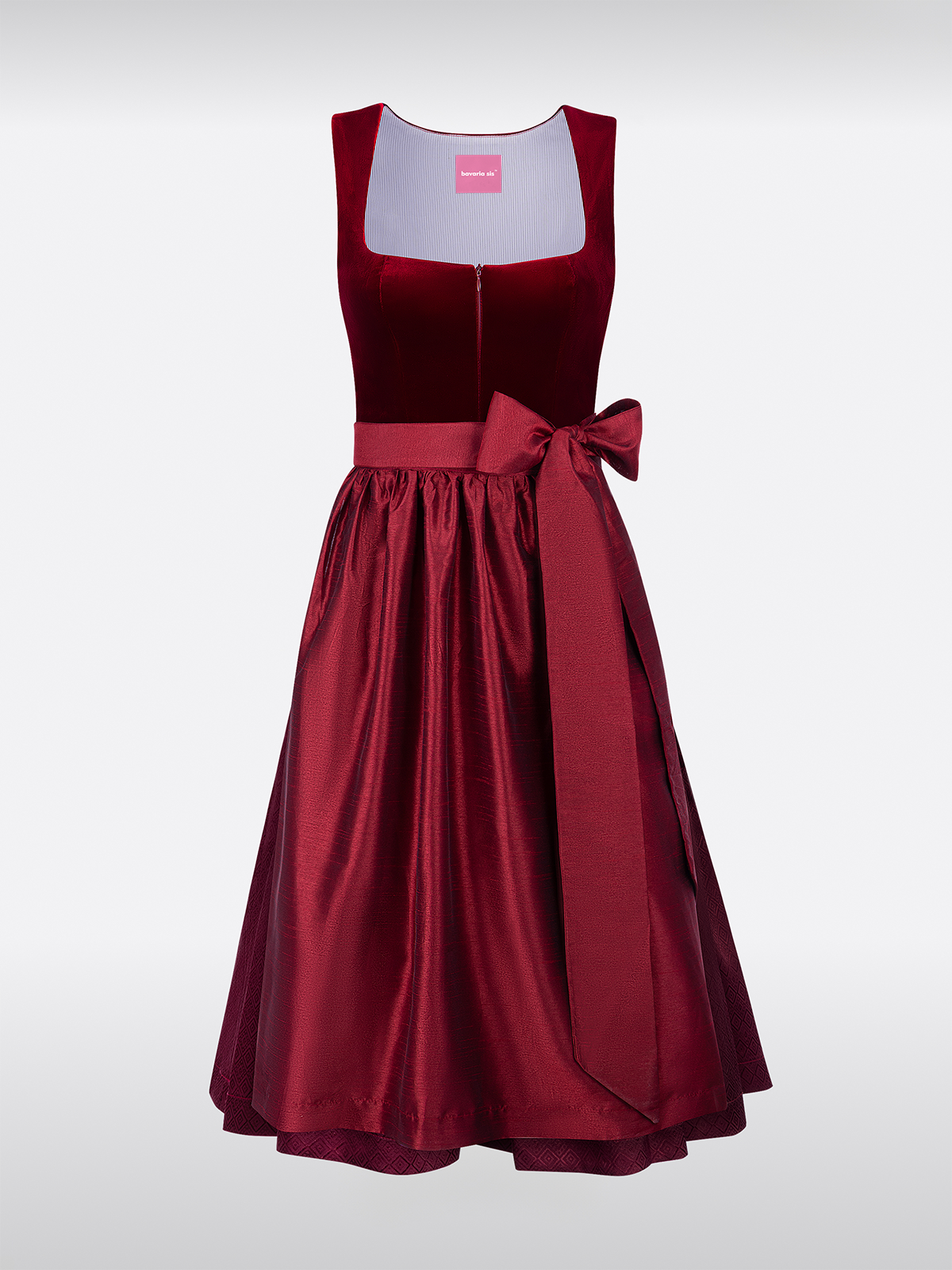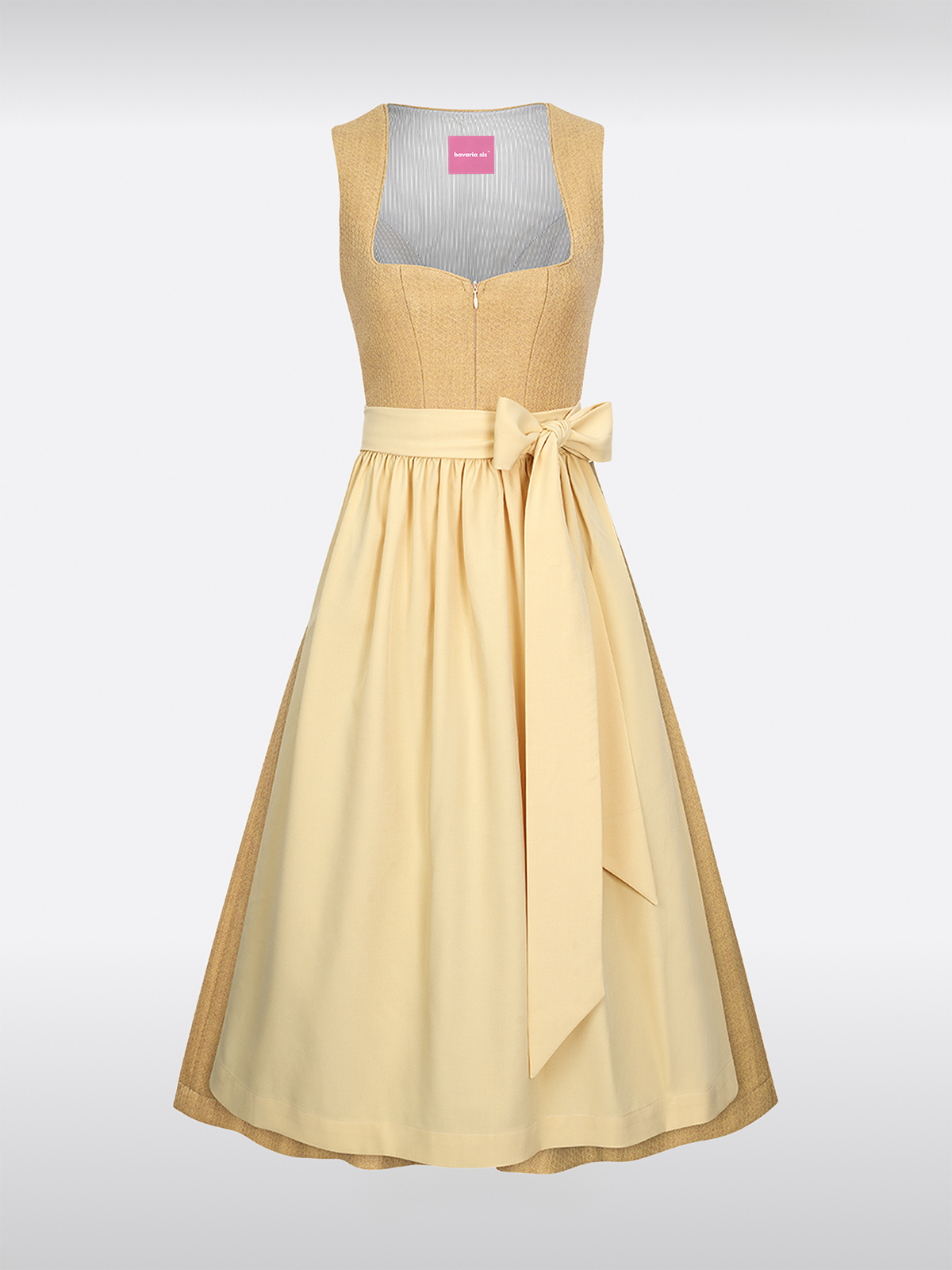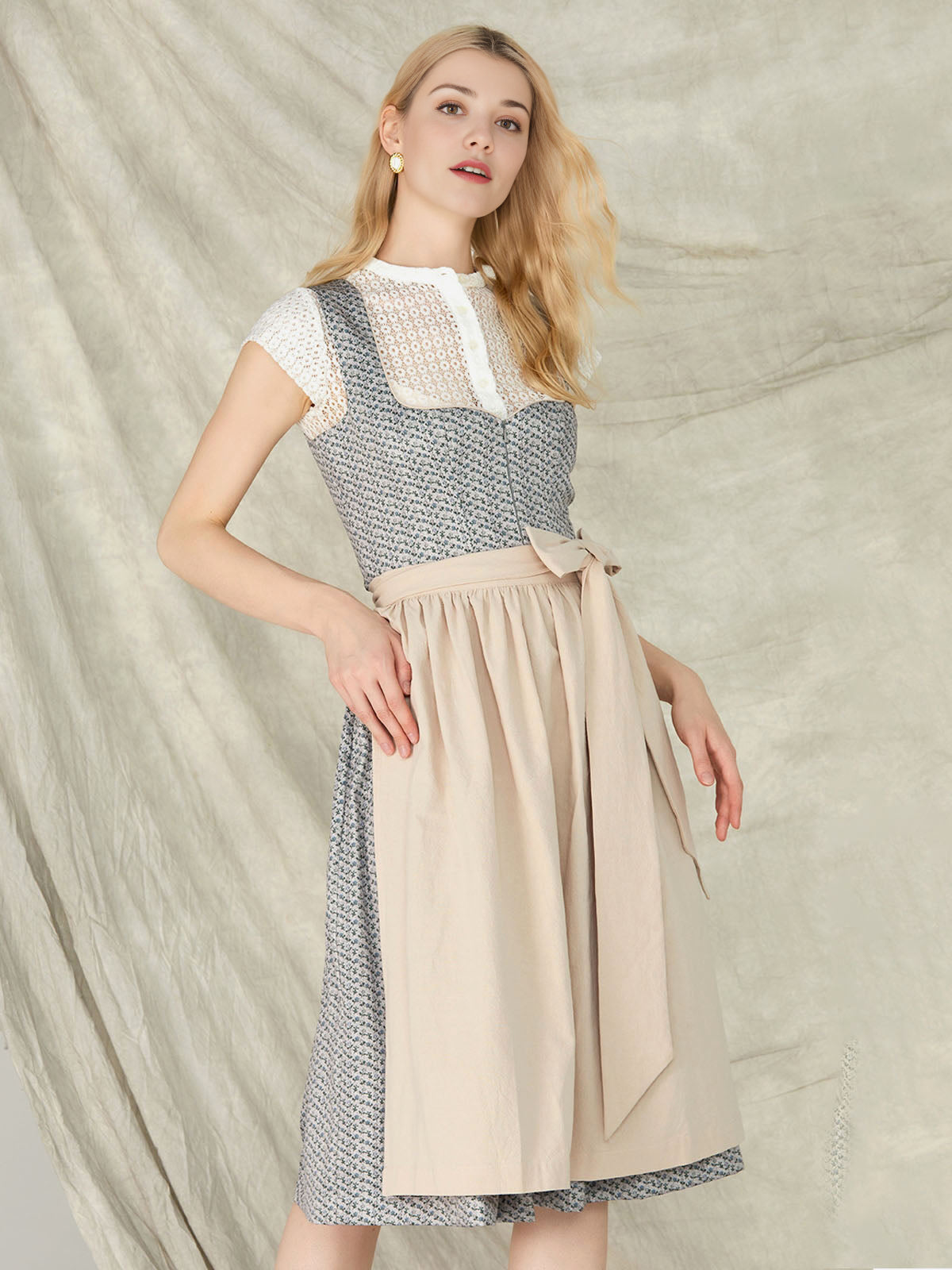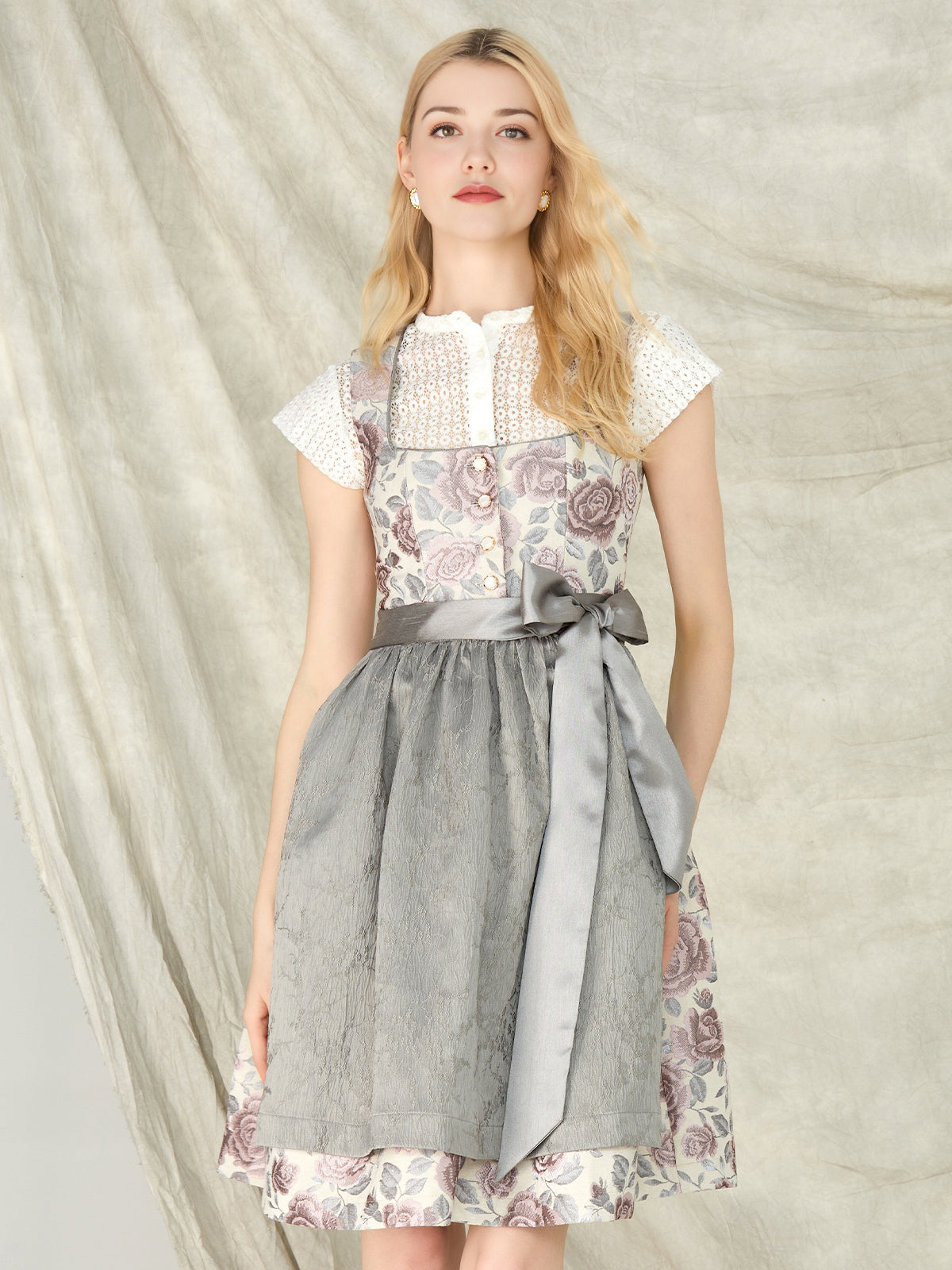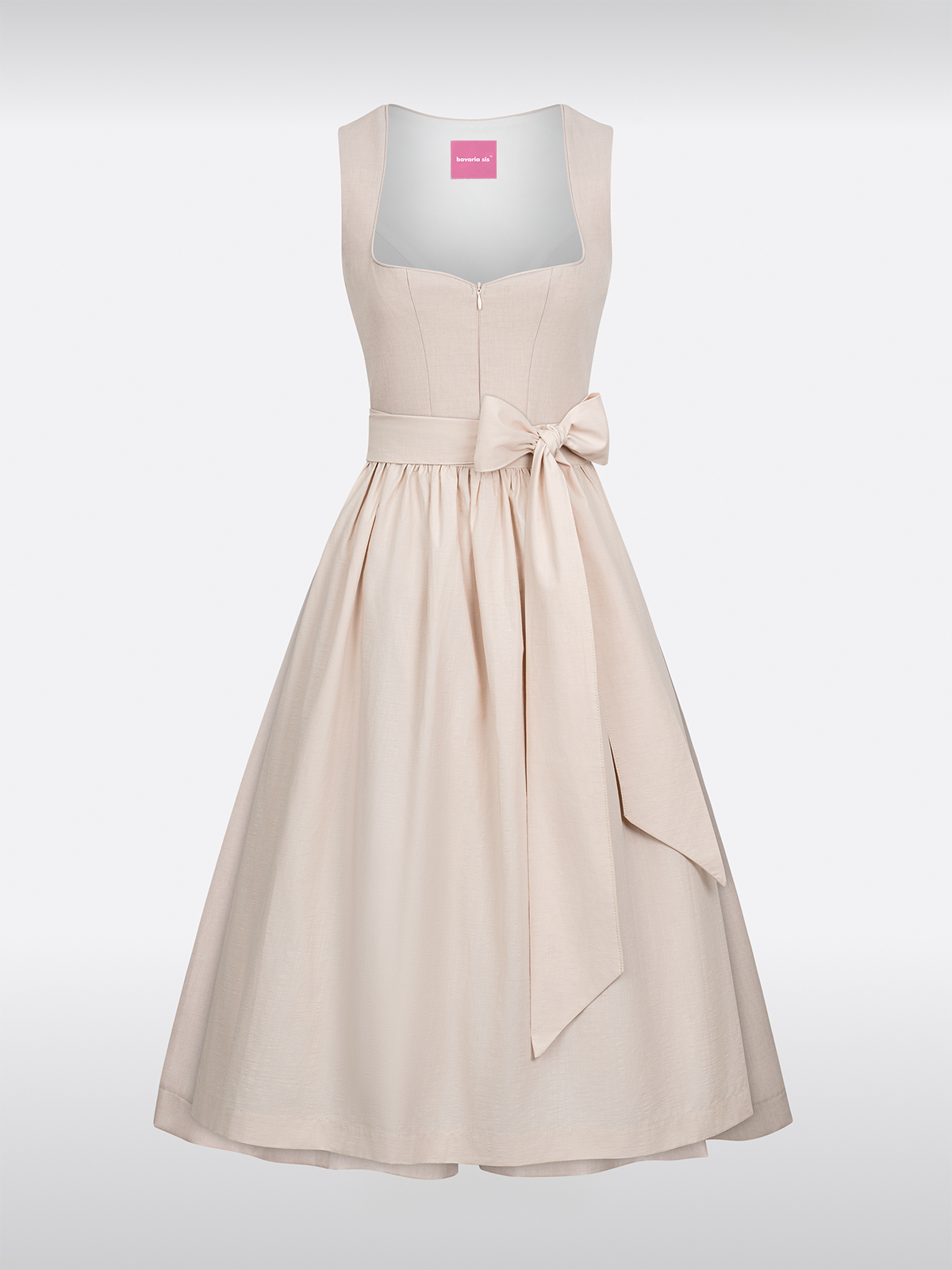Introduction: The Red Dirndl as Statement Clothing
The Oktoberfest in Munich is more than just a beer festival—it's a homoerotic celebration of Bavarian culture, where the traditional dirndl becomes the absolute star of the fashion world. But not every dirndl is the same: Anyone who doesn't follow the unwritten rules risks quickly going down in history as a "tourist" or even a "fashion disaster." Especially the red dirndl – whether as red velvet dirndl or in the noble Wine red tone – requires a keen sense of style and tradition. In this guide, you'll learn how to find the perfect red dirndl, avoid looking like Santa Claus, and look elegant even with 10 liters of beer in your blood.
Chapter 1: Fabric Choice – Why Velvet Isn’t Always Velvet
The first rule when buying a red dirndls is: Avoid cheap polyester blends like the plague! While this fabric may seem inexpensive and crease-resistant, at 25 degrees Celsius in the tent and a squat in front of a beer mug, your outfit will quickly turn into a sauna experience. The Bavarian tailors recommend Natural materials like cotton, linen or real silk.
Attention, pitfalls:
- Red velvet dirndl: Velvet looks classy, but it's a magnet for stains. If you don't want to go down in history as a "ketchup victim," you should go for a dark wine red This shade conceals small "accidents" better than bright red.
- Artificial fibers: Polyester dirndls cling to the skin like a second skin and do not allow air to pass through. Better: Invest in a Cotton-velvet blend that is breathable yet retains its elegant shine.
Chapter 2: Fit – Why size isn’t everything
A red dirndl It should fit like a second skin without being constricting. The motto is: Tight on the upper body, loose on the skirt!
The official standards:
- Top: The blouse should fit snugly without the buttons threatening to come undone. Make sure the straps are adjustable—they'll not only help with your posture, but also keep you calm while dancing.
- Skirt: The skirt should start at the hips and extend loosely to mid-calf. Too short? You risk a fashion slip-up. Too long? You'll look like Gretel from a fairy tale.
- Collarbone check: If you can loosen the lacing without the blouse riding up, you've found the perfect fit.
Surprise tip: Traditionally, the Dirndl wine red velvet Combined with a tight-fitting top – but here, less is sometimes more. A subtle lace or a sheer insert adds an elegant touch to the outfit without revealing too much skin.
Chapter 3: Length Criticism – Why the "Golden Ratio" Exists
The red dirndl It has to be practical—after all, you don't want to constantly look down to see if your skirt still fits. The ideal length is between 55 and 65 centimeters (measured from the waistband).
Why this is so:
- Too short: You look like a student on the way to a school party.
- Too long: You disappear in the hustle and bustle of the crowd – and the beer reaches your shoes faster than your mouth.
- The "Golden Ratio": A Wine red velvet dirndl in midi length conceals small problem areas and at the same time emphasizes the feminine curves.
Surprise tip: If you dare, you can experiment with asymmetrical cuts – one side shorter, the other longer.This way you can set accents without violating tradition.
Chapter 4: Color Psychology – Red is not the same as red
The red dirndl is a classic, but not every red suits every skin type. This is where color psychology comes into play:
- Bright red: For women with fair skin and blonde hair – an eye-catcher, but one that can easily appear "overwhelmed."
- Dark wine red: For women with darker skin tones – this shade emphasizes natural radiance and looks classy without being obtrusive.
- Red velvet combinations: Here, less is more. red velvet dirndl with gold accents looks luxurious, while silver details appear rather cool.
Attention, pitfalls:
- Too many colors: A Dirndl wine red velvet should not be combined with bright accessories – let the color speak for itself.
- Wrong shoe choice: Suede-look boots work better than shiny pumps.
Chapter 5: Accessories – Where the danger lurks
Accessories can be a red dirndl Enhance – or ruin. Here are the most important rules:
- Apron: An apron isn't a storage compartment for keys or a cell phone. Better: a small leather bag in your hand.
- Hair accessories: Flower crowns are out – instead opt for subtle hairpins or an elegant tiara.
- Jewelry: Solid silver chains are more suitable than delicate gold jewelry.
Surprise tip: Traditionally, the apron is tied on the left side if you're single. Those in a relationship wear it on the right. But there's an exception: If you're feeling daring, you can also tie the apron at the back of your neck—a sign of "independence and self-confidence."
Chapter 6: Culture vs. Fashion – How to Find the Balance
The red dirndl is more than just a piece of clothing—it's a piece of Bavarian culture. But that doesn't mean you have to feel like a museum exhibit.
Tips for modern women:
- Mixture of tradition and modernity: Combine your red velvet dirndl with a leather jacket or a trendy knitted vest.
- Sustainability: Many master tailors now also offer Dirndl wine red velvet made from recycled materials – a contribution to the environment without sacrificing style.
Attention, pitfalls:
- Cultural appropriation: Avoid combining the dirndl with exotic accessories – this is considered disrespectful.
- Exaggeration: A red dirndl is enough – you don’t have to look like a Christmas decoration.

